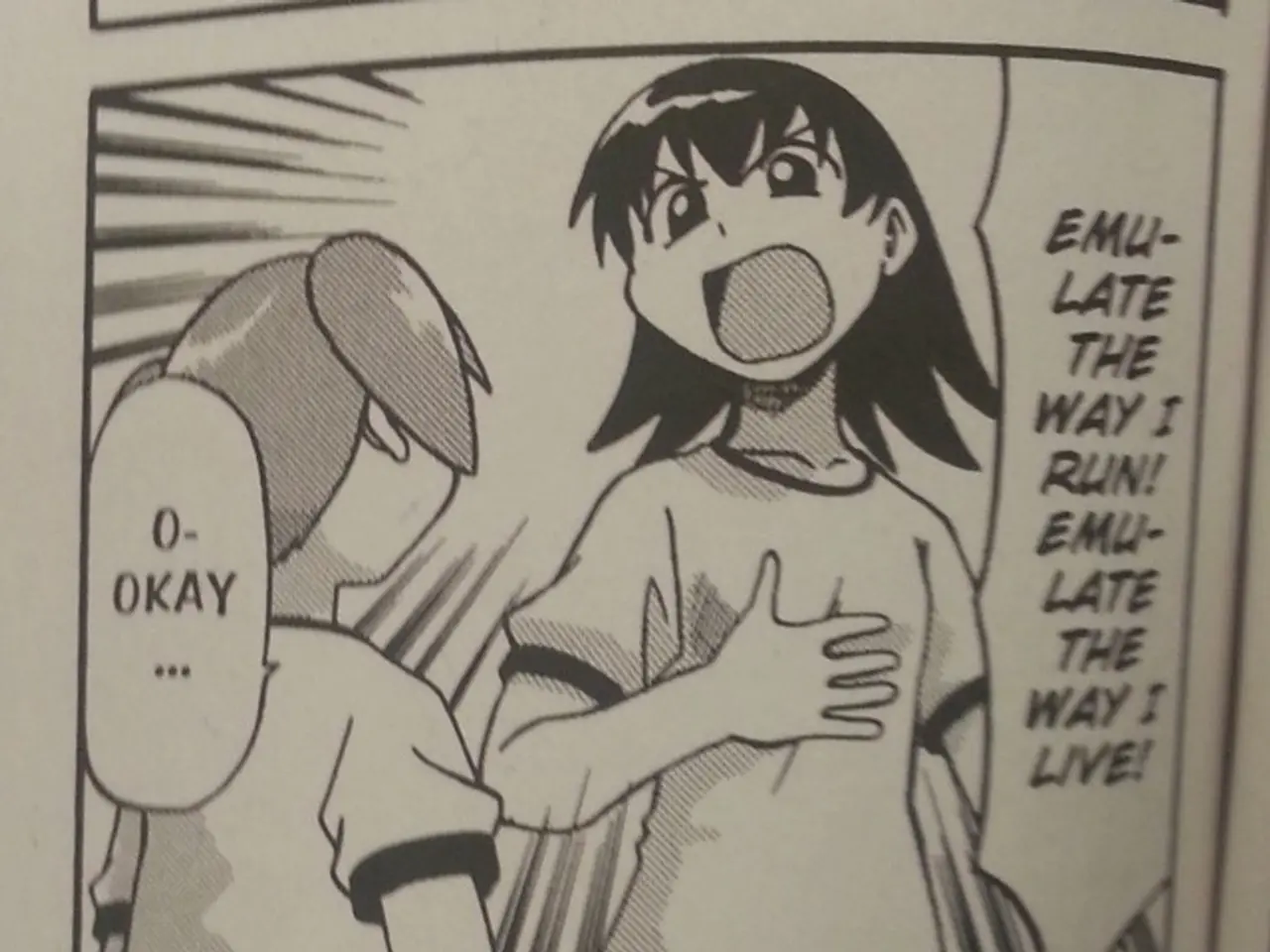Exploration of the Invisible Mind: A Deep Dive into the Subconscious
In the intricate web of human thought and behavior, the subconscious mind has long been a subject of fascination and debate. Recent research has shed new light on its role, profoundly influencing our actions, emotions, and well-being.
According to psychologists, the subconscious mind governs about 95% of our actions, operating automatically and quickly based on patterns, instincts, and learned responses rather than conscious thought [1][3]. It shapes our habits, emotional reactions, and decision-making processes, often without our awareness [1][3].
The subconscious mind operates primarily through System 1 thinking, described by Daniel Kahneman, contrasting with slow, deliberate conscious thought (System 2) [1]. This means many emotional reactions and behavioral patterns have deep subconscious roots. However, neuroplasticity research reveals that the subconscious can be intentionally reprogrammed through awareness, focused attention, deliberate practice, and sustained effort, offering opportunities to reshape limiting beliefs and improve well-being [1].
The subconscious mind also plays a key role in mental and emotional health. Psychodynamic theory, which centers on the role of unconscious (including subconscious) mental processes in behavior and emotional challenges, remains influential and increasingly evidence-supported for treating disorders like depression and anxiety [2]. This underlines the subconscious as crucial to mental health management.
Neuroscientific advances have also contributed to our understanding of the subconscious. Machine learning and neuroimaging techniques have allowed researchers to decode unconscious brain activity, revealing how subconscious perception influences behavior even without conscious awareness [4]. These findings open new pathways for examining how subconscious processes affect cognition and emotional regulation.
However, the debate about the power of the subconscious mind is far from settled. Professor Ben Newell, in his book "Open Minded: Searching for Truth about the Unconscious Mind," argues that the impact of the unconscious has been overstated in contemporary psychological thought [5]. He encourages viewing the brain as a cohesive system under our control, rather than compartmentalizing it into conscious and unconscious processes.
In conclusion, contemporary research reinforces the centrality of the subconscious mind in behavior and well-being and highlights practical strategies and scientific tools to explore and modify its influence. Whether we choose to embrace its power or seek to understand and control it, the subconscious remains an essential part of the human experience.
References:
- Baumeister, R. F., & Tierney, J. (2011). The psychological roots of self-control. American psychologist, 66(6), 403.
- Westen, D., & Gabbard, G. O. (2014). The uneasy alliance: Psychoanalysis and psychotherapy in contemporary life. Basic Books.
- Kahneman, D. (2011). Thinking, fast and slow. Farrar, Straus and Giroux.
- Haynes, J.-D., & Rees, G. (2006). Predicting a free decision before it is made. Nature neuroscience, 9(1), 34-38.
- Newell, B., & Shanks, D. R. (2019). Open Minded: Searching for Truth about the Unconscious Mind. Basic Books.
- Cortese, D., & Frith, C. D. (2011). The unconscious mind in action: neuroscience and the free will debate. Trends in cognitive sciences, 15(2), 65-72.
- Dehaene, S., & Changeux, J.-P. (2011). Consciousness and the brain: deciphering how the brain codes our thoughts. Nature, 471(7337), 23-25.
- Freud, S. (1923). The ego and the id. Vintage.
- Freud, S. (1933). New introductory lectures on psycho-analysis. W. W. Norton & Company.
Read also:
- Overcoming Yielding Regulations Hurdles in Indian Export Sector for EU Markets
- Shaping production and consumption tendencies via cosmetic certification
- Health care professionals targeted in a shooting incidents, a pattern of hostile actions against health workers continues to unfold, with many observing this trend as unremarkable.
- Transgender individuals' journey towards aligning their gender identity: Key aspects







